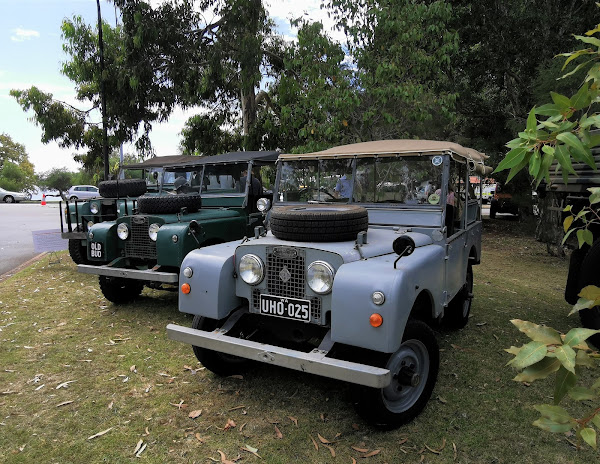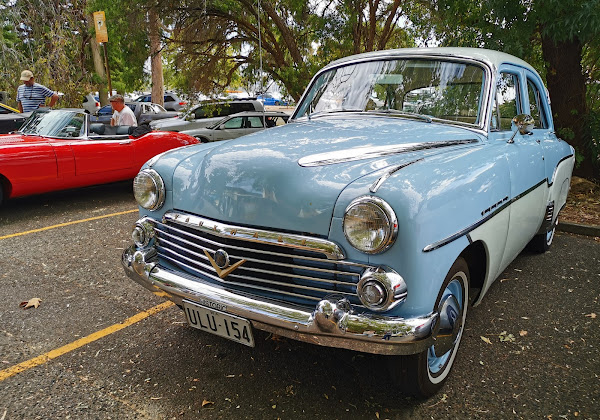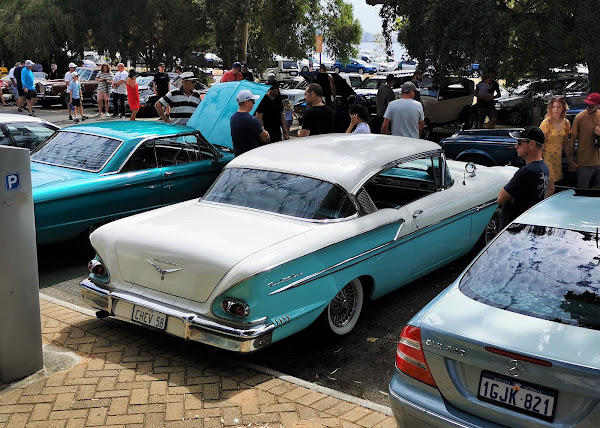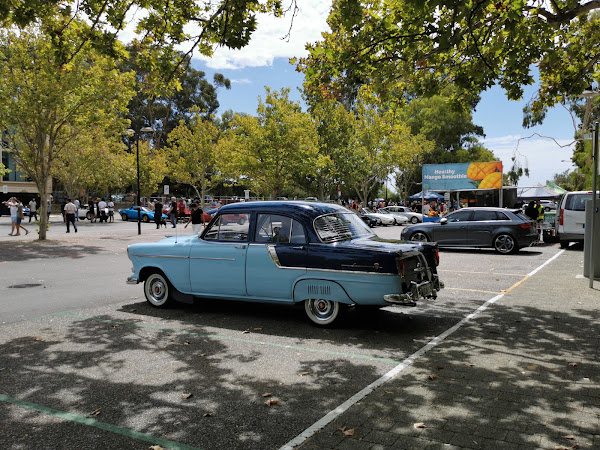
VEB Industriewerke of Ludwigsfeld (IWL) was established on the southern outskirts of Berlin in 1936 by the Daimler-Benz company to build aircraft engines. Being a military industry, the factory was severely bombed during the Second World War and, as part of reparations the Soviets dismantled and removed everything that could be salvaged from the damaged factory. IWL's 11 empty assembly halls lay in ruins until 1950 when the nationalized automobile conglomerate, VEB, approved their reconstruction. As in the west, the government desperately needed to re-industrialize and provide jobs for a destitute workforce. After six months reconstruction the IWL factory began to function again, first producing machine tools, pots and pans, wheelbarrows and farm machinery and eventually Soviet aircraft engines under license. https://brandenburgikon.net/index.php/de/betriebe-1945-1989/bezirk-potsdam/industriewerke
East Germany's desperate need for transport led VEB to approve the manufacture of scooters as cheap mass transport in 1954 and IWL was awarded the contract for their manufacture. IWL had no previous experience with scooters or any other type of motor vehicle so some components were sourced from other manufacturers.
The Pitty

The Pitty ('little Pete') was IWL's first scooter and began rolling off the production line at the beginning of 1955. The design was broadly based on western scooters that had been examined by the engineering team, but a lot of compromises were required as the domestic parts supply for specialist components, such as carburetors, suspension and electrics was extremely poor. Consequently, early machines were hampered by poor build quality failure of critical components.
https://dkwautounionproject.blogspot.com/2020/06/soviet-zone-scooter-debacle-der-speigel.html

The engine was a 123cc two-stroke motor supplied by East German motorcycle concern, MZ (Motorrad Zchopau); formerly DKW's pre-war motorcycle plant. The engine had formerly been employed in the trusty IFA RT125 motorcycle and delivered 5 horsepower with a reputed top speed of 70 kph. That claim however was never likely to be achieved by the Pitty, weighed down as it was with so much excessive bodywork. Nevertheless, the use of twelve inch wheels gave a certain degree of stability, despite its solid rubber suspension. Production ceased in April 1956 after 11,293 Pitty's had rolled off the production line. https://dkwautounionproject.blogspot.com/2020/04/1954-iwl-pitty-brochure.html
The East German motoring authority had been disappointed by the Pitty. There were numerous complaints from customers about the scooters slow speed and poor handling. The placement of the exhausts came in for specific criticism as it was easy for the pillion passenger to burn their leg. A series of improvements were presented to IWL for action.
The Wiesel SR56

In 1956 IWL released the Wiesel as an improvement over the Pitty. Gone was the fixed nose faring that had made the Pitty look so slow and sluggish, replaced by the more traditional moving fender. But apart from a small change to the rear suspension, the Wiesel was otherwise mechanically identical to its predecessor. The motoring authority was outraged that their suggested improvements had been effectively ignored. Nevertheless, 56,000 were built before production ceased in 1959. The Wiesel came in three colours - red, grey and black.
The Berlin SR59

With the Berlin Stadtroller (city scooter) IWL finally hit its stride. In appearance and styling, the Berlin was similar to the Wiesel, but the MZ engine 123cc had been bored out a 145cc by the engineers at IWL, giving the scooter a top speed of 82kph. The Berlin also had a 4 speed gearbox and rider comfort was improved by the addition of a rear shock absorber, longer front arm suspension and sprung seats. It also had a number of advanced features, such as seven starting settings, with cold and hot starting in summer and winter. It also featured an anti-theft lock, something that customers had vocally complained about since the Pitty. The placement of the exhaust was still problematic for passengers however.
Styling was also enhanced by a new two-toned paint scheme, with the combinations of green/white, orange/white, light blue/white and black/white. The Berlin was IWL's best selling and best loved scooter. 113,943 Berlins were built between 1959 and 1962. Many thousands are still on the roads today in Germany and elsewhere around the world.

Introduced at the same time as the Berlin was the Campi single-wheeled trailer. Fixing to a connection on the rear spare wheel, the Campi significantly improved the scooter's utility and carrying capacity. With adaptor fittings the Campi could also be attached to the Wiesel and the Berlin's successor, the Troll.
The Troll TR1

With the Troll, or 'Touring Scooter', IWL took the lessons from the Berlin to the next level. The engine was the same capacity - 143cc - but was sourced from MZ. The body was restyled, becoming squarer, longer and larger. The higher seating made for a more comfortable ride, as did the new shock absorbers on the the front wheel and the improved seats. With a top speed of 90kph, IWL delivered a cruising scooter that was solid, mechanically reliable and capable of comfortable driving over long distances. The troublesome exhaust was now placed under the footplate where there was no risk of passenger or rider burning themselves. However, by increasing the size of the scooter, a new problem was created. The large, slab sides made the scooter highly susceptible to cross winds.
https://dkwautounionproject.blogspot.com/2020/08/iwl-troll-review-1963.html
The Troll never matched the success of the Berlin and only 56,531 Trolls were built between January 1963 and December 1964. At the end of the production run IWL stopped manufacturing scooters and concentrated on trucks. The Troll came with a two tone paint scheme like the Berlin - red/white, light blue/white and black/white.

VEB transferred IWL's scooter production to the motorcycle manufacturer, MZ. MZ were already building a similar spec motorcycle, the ET150, which shared many components, styling and even its engine, with the Troll. After reviewing the Troll's design, MZ decided to discontinue production.
Today there is a dedicated following for IWL scooters in Germany and many thousands are still on the roads today. The Berlin remains the most popular. The unfortunate Pitty is the rarest, most having been junked years ago. The use of MZ engines and running gear has made restoring and maintaining IWL scooters very easy as there is abundant supplies of all spare parts. There are also many remanufacturers of fittings supplying the Ostalgia market. Of all IWL products, probably the most desirable is the Campi trailer, which fetch prices around 2000 euro.
Ludwigsfeld Museum
Here's a link to the museum in Ludwigsfeld. It has displays covering the period from the war through to 1990. https://www.ludwigsfelde.de/rathaus-und-buergerservice/staedtische-einrichtungen/museum/
Footnote: This is a slightly updated short history of the IWL scooters in English that I originally wrote in 2008. At the time of writing, information about IWL in English was virtually non-existant. Since then I have obtained a lot more information, mostly in German, which I have translated, including research materials from East German scholars, such as Manfred Blumenthal. Some of that material is not easy to find, even to German speakers. I have subsequently updated this history to incorporate this material into a detailed history, which is published on my DKW-Auto Union blog here
https://dkwautounionproject.blogspot.com/2019/09/east-german-iwl-scooters.html
This version will be left as the 'simple' history.



































































